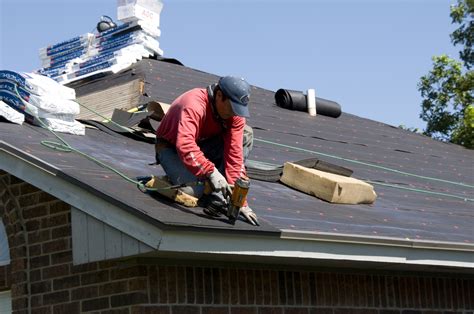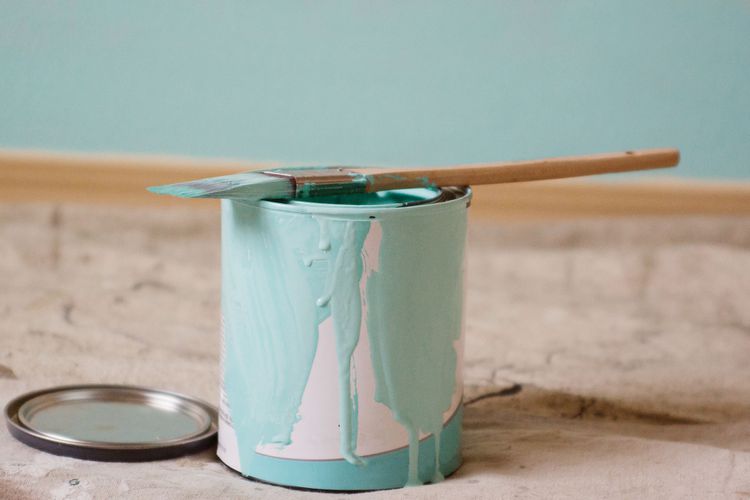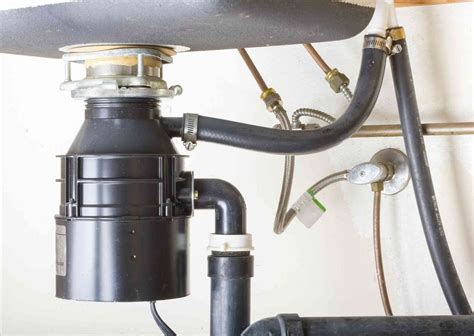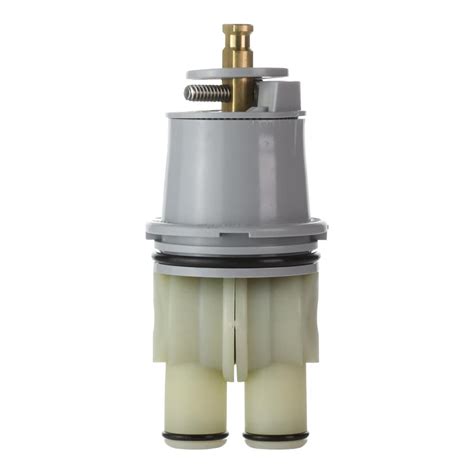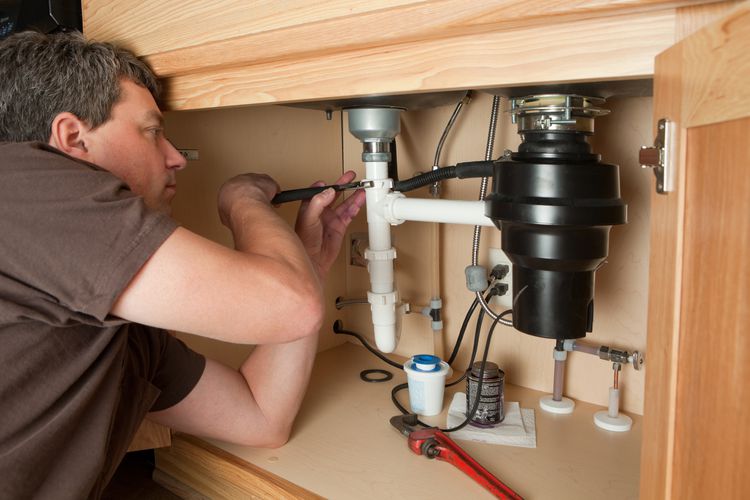With more than twenty years of practical experience in renovating, repairing, and enhancing residences, Lee has been offering home improvement guidance for many years.
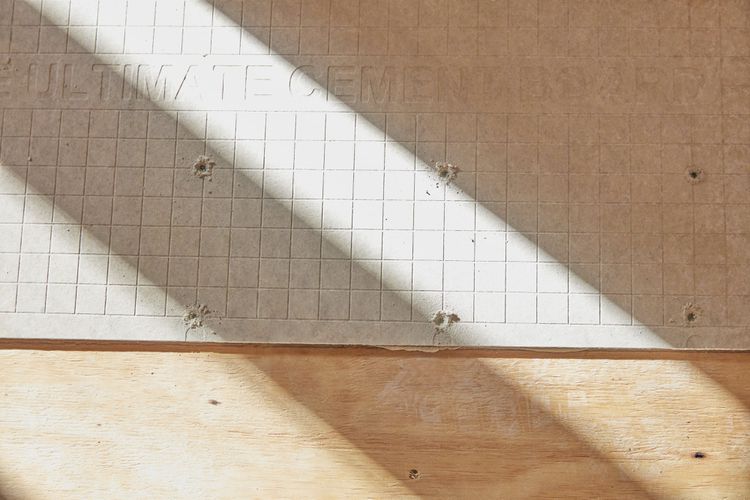
Cement backer board is a cost-effective and practical construction material that accelerates the process of tiling, flooring, and countertop installations, resulting in a more polished final appearance.
Cement backer board plays a crucial role in ensuring a tile installation that is both durable and long-lasting, as it is free from organic materials that could lead to rot. Additionally, it helps to minimize the risk of decay in the wall studs or floor joists beneath it.
Cement backer board, often referred to as a cementitious backer unit (CBU), serves as a foundational layer for ceramic tiles. Its porous nature allows for excellent adhesion of thinset, grout, and mortar. These backer boards can be fastened to studs, cinder blocks, brick mortar, or concrete using nails or screws. They can be conveniently cut using a hand saw, circular saw, jigsaw, or multi-tool.
What is Cement Backer Board?
Cement backer board is a pre-manufactured wall panel composed of mineral materials, typically available in thicknesses of 1/4 inch or 1/2 inch, and measuring three feet by five feet. This board is constructed from a mixture of cement, water, silica, limestone powder, and reinforcing fibers like Kevlar or fiberglass to enhance its durability.
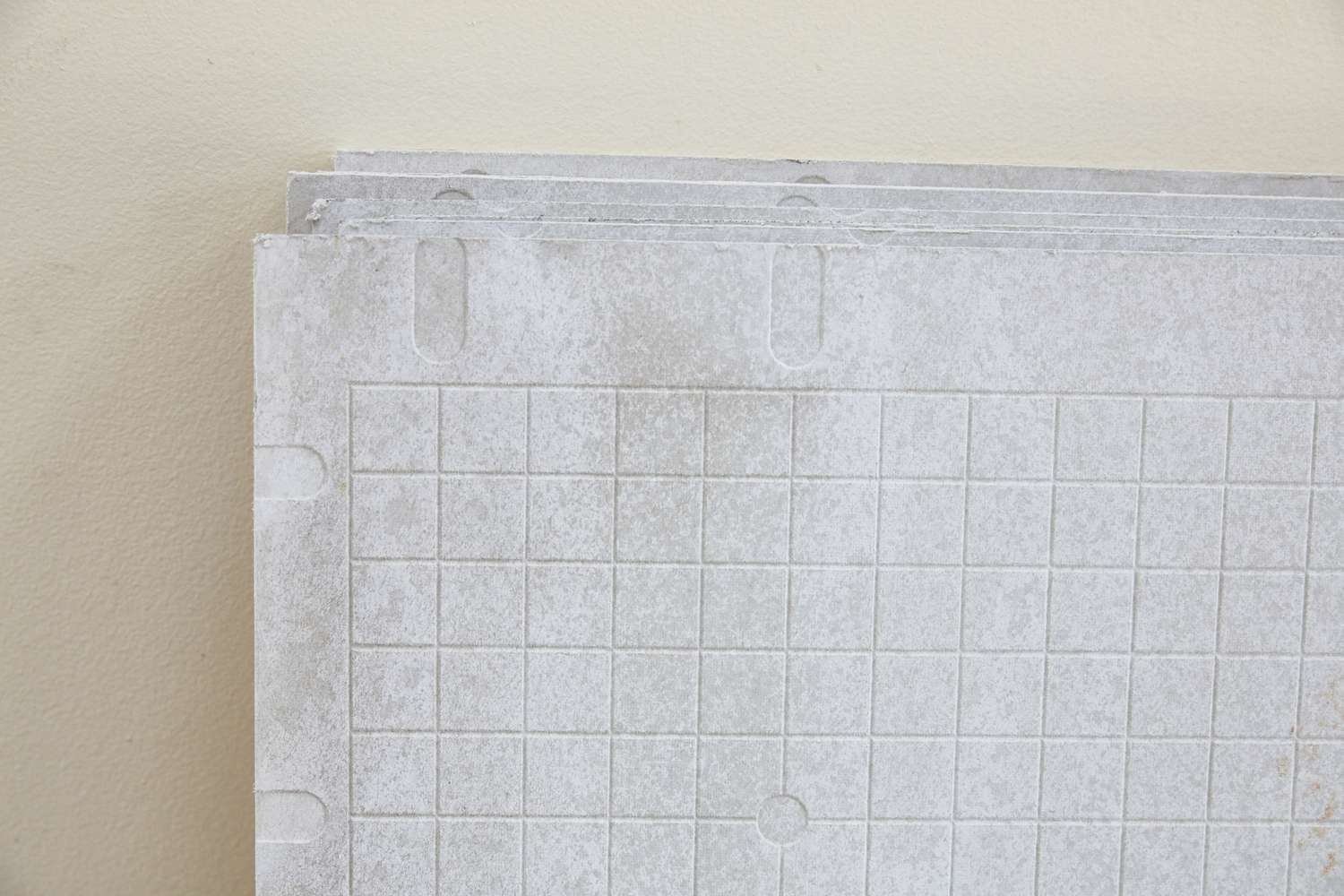
Interesting Tidbit
In contrast to wood-derived materials like plywood or items that include wood components, such as drywall, cement board is free from organic materials, rendering it resistant to mold, decay, shrinkage, and deterioration.
Reasons Why Cement Board is Ideal for Tiling
To grasp the significance of cement backer board, it’s helpful to compare it to another type of pre-constructed wall component: drywall. Traditionally, interior walls were completed using wooden strips, known as lath, which were placed over wall studs. Plasterers would then apply plaster with a trowel, allowing it to dry for several weeks.
In 1916, United States Gypsum introduced the concept of factory-based drying, leading to the term drywall. The plaster and the structural features of the lath were pre-pressed and dried in a factory, resulting in sheets known as Sackett Wall Board.
Consider cement backer board as a tile-friendly alternative to traditional wallboard. Rather than having laborers apply large amounts of mortar on-site, these mortar beds are manufactured in a factory and produced in thin, uniform dimensions.
Thanks to the reinforcing additives in cement board, these panels offer superior strength and dimensional stability compared to traditional mortar beds constructed on-site. Most importantly, the drying time on-site is significantly decreased, as the cement backer board is pre-dried during manufacturing.
Selecting the Right Dimensions for Cement Backer Board
The dimensions of the cement backer board you select are determined by its intended application:
- Flooring: Utilize backer board with thicknesses of 1/4-inch, 1/2-inch, or 5/8-inch. For the foundation, opt for 5/8-inch exterior-grade oriented strand board (OSB) or plywood.
- Countertops should be constructed with backer board options of 1/4-inch, 1/2-inch, or 5/8-inch thickness. For the foundation, utilize 3/4-inch plywood that is suitable for exterior use.
- For walls and ceilings, utilize backer board with a thickness of either 1/2 inch or 5/8 inch. Install it directly onto the wall studs or joists, ensuring that the spacing between each is no more than 16 inches apart.
Locations for Utilizing Cement Backer Board
Ceramic or porcelain tiles, due to their joints and various pathways for moisture penetration, may ultimately result in their underlying material coming into contact with water. When this occurs, the underlying studs may start to absorb moisture.
Mold, mildew, and decay can occur. In summary, tile and grout do not possess waterproof properties by default. Wood is not a suitable choice for areas with frequent water exposure, like showers and bathtubs.
Standard drywall is unsuitable as well. Numerous expert installers advise against the use of water- or mold-resistant drywall in areas with high humidity. In stark contrast, cement backer board is impervious to rotting, warping, mold growth, or degradation when exposed to moisture. It is primarily utilized as a substrate for tile installations.
Cement backer board is commonly utilized as a foundation for tiles over plywood or OSB subfloors. However, its use on concrete subfloors or as an underlayment is generally unnecessary. Typically, tiles can be installed directly onto concrete, provided an isolation membrane is placed between the tiles and the concrete surface.
Crack Prevention Membrane
When tiles are installed directly on a concrete surface, any cracks that form in the concrete can also appear in the tiles. Utilizing a crack isolation membrane, like Schluter Kerdi, can help prevent these concrete cracks from affecting the tiles. While tiles may still crack eventually, the use of a crack isolation membrane significantly minimizes the likelihood of this occurrence. It’s important to remember that control joints are still necessary, as the membrane does not remove the requirement for these joints.
Cement backer board serves as an alternative substrate for veneer stone applications. Directly attaching veneer stone to drywall or similar materials that absorb moisture from the mortar is not advisable. Additionally, drywall lacks the necessary strength to bear the significant weight of veneer stone, leading to the potential for the paper facing to tear.
One approach is to attach cement backer boards (CBUs) to the drywall, seal the joints with tape, and subsequently apply grout on top of the cement backer boards.
Guide to Utilizing Cement Backer Board
Trim the board to the appropriate dimensions.
- Utility knife: To effectively use a utility knife, first, place a metal straightedge on the board and score a line along the top. Next, turn the board over, bend it along the scored line, and complete the cut. For achieving straight cuts, a utility knife paired with a straightedge is the ideal choice.
- When using a jigsaw to cut cement board, it’s important to wear a dust mask along with eye and respiratory protection. A jigsaw is particularly effective for making curved cuts or other non-linear shapes.
Tip
Whenever feasible, use a utility knife for cutting, as this significantly reduces dust production.
Spread the mortar.
Spread a layer of thin-set mortar onto the base surface and use a trowel to create a combed texture. Maintain a gap of approximately 1/4 inch between the cement backer boards.
Arrange the Board
Firmly press the board into the mortar and maintain the pressure for a brief period. If you suspect that the back isn’t fully coated with mortar, remove the board and check it. If needed, add more mortar to the board or the surface.
Ensure the Board’s Protection
Once you have pressed the board into the mortar, secure it using screws specifically designed for the installation of cement backer board. Similar to the process with drywall, ensure that the screw heads are slightly recessed beneath the surface of the cement backer board.
Complete the Setup
Apply fiberglass seam tape to cover and seal the joints.
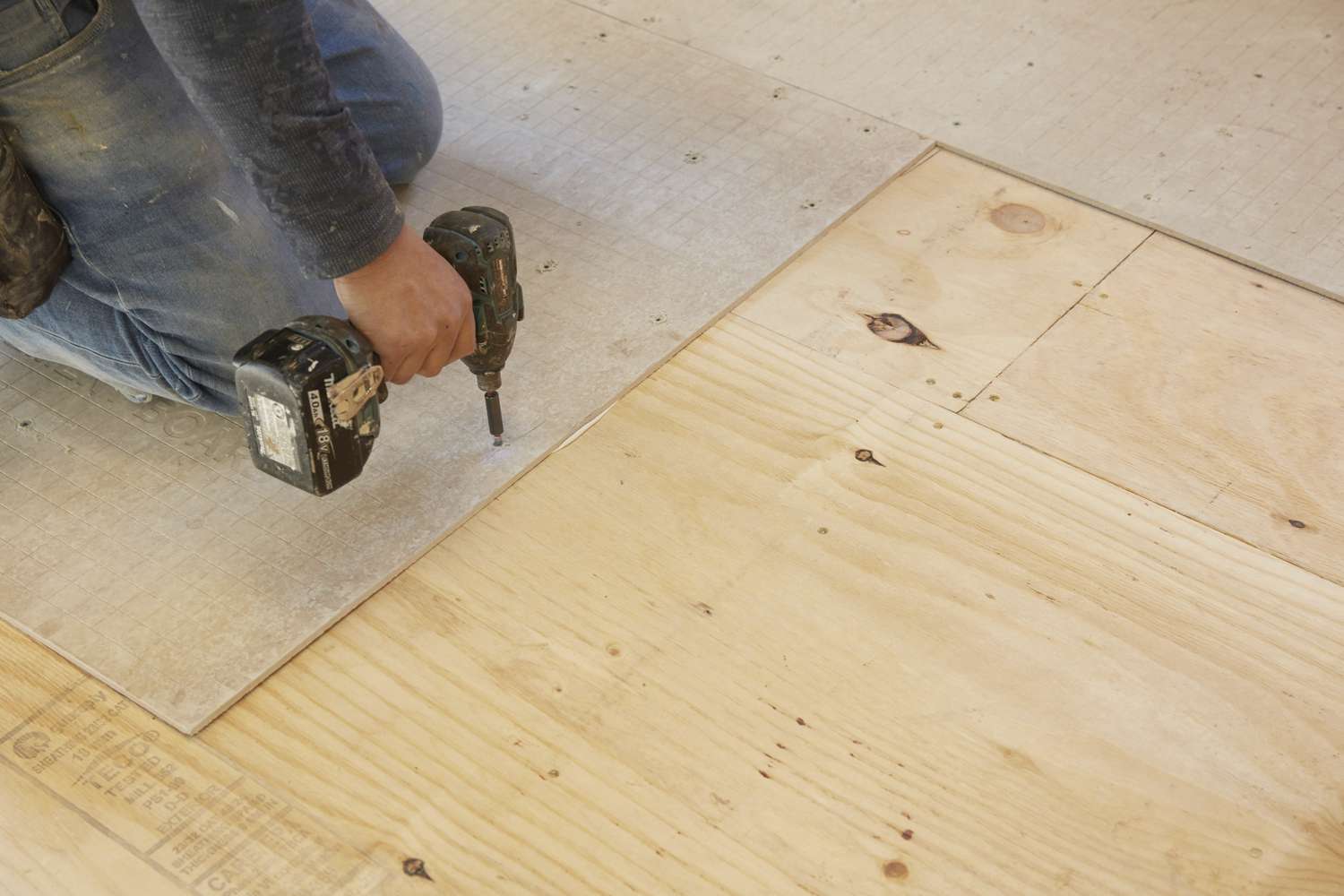
Leading Brands of Cement Backer Board
- Durock, produced by USG, competes with HardieBacker as a popular choice among tile installers and professionals in the construction industry for cement backer boards.
- HardieBacker, produced by James Hardie Industries, consists of 90% Portland cement and sand, enhanced with a proprietary MoldBlock additive.
- WonderBoard, produced by Custom Building Products, offers greater flexibility compared to Durock or HardieBacker, making it an ideal option for applications on curved surfaces.

